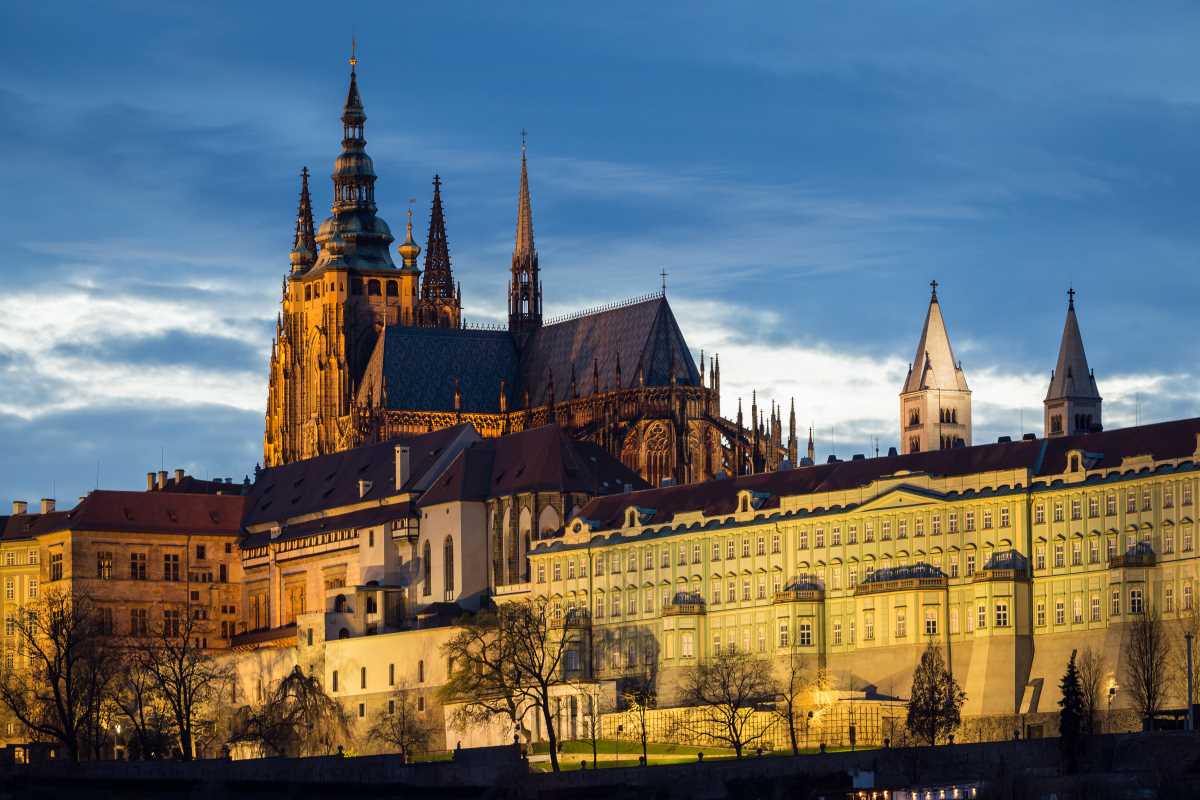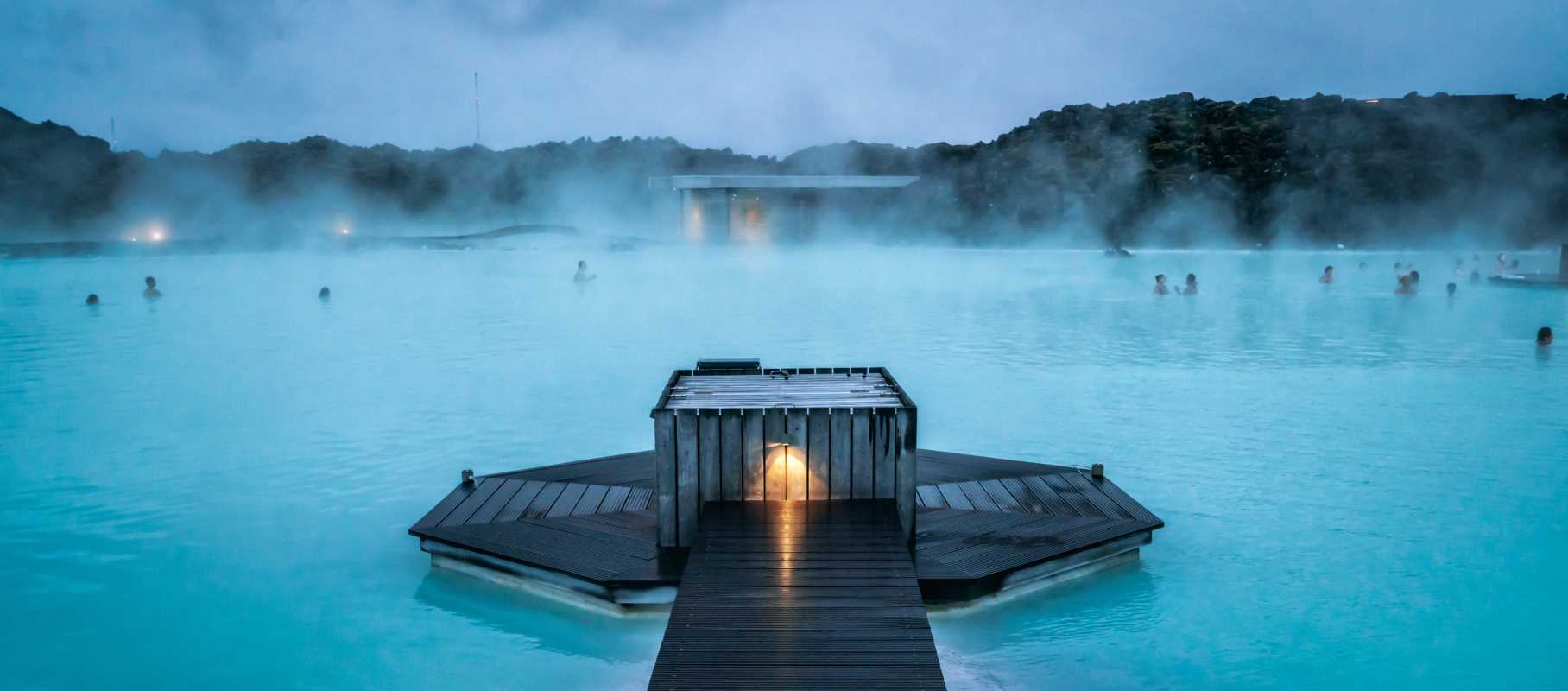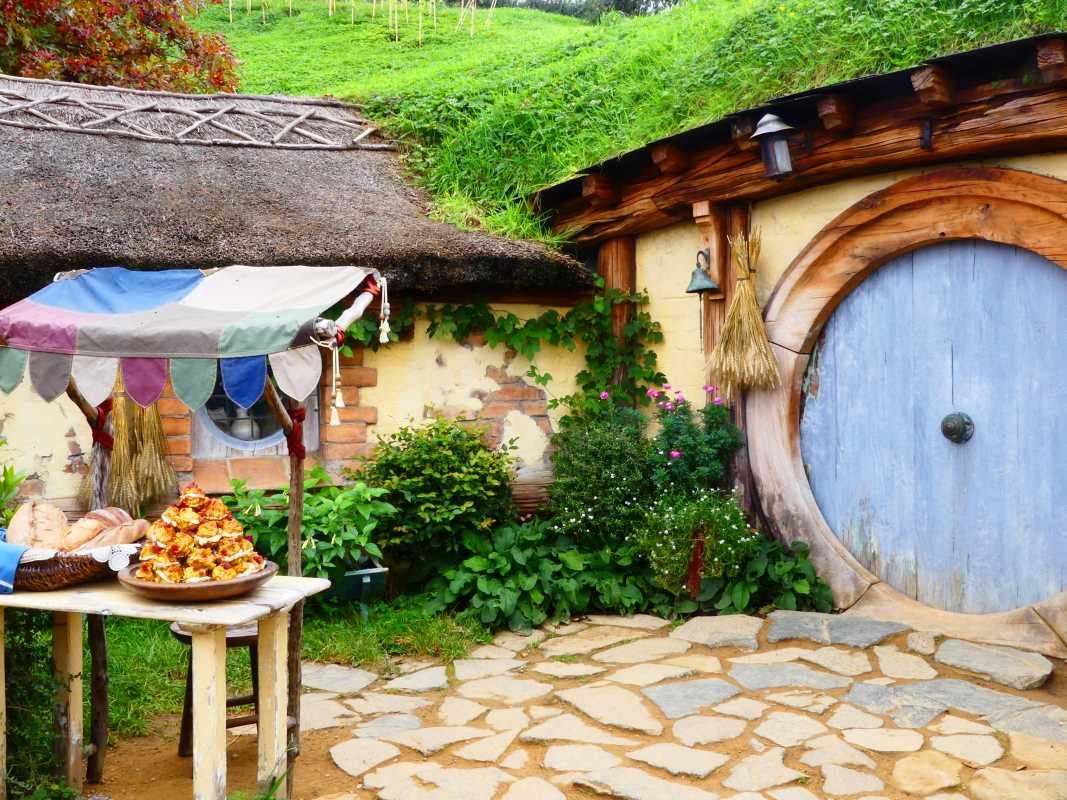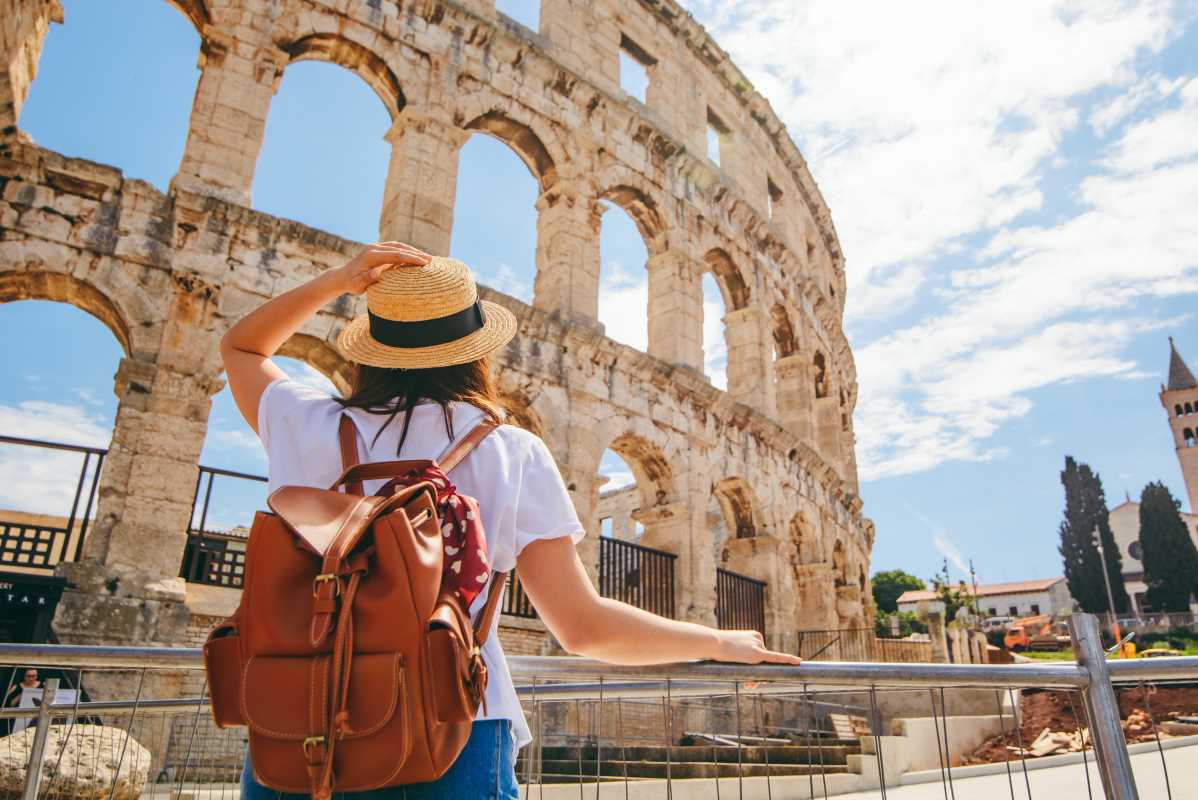South America is rich in cultural heritage, with many UNESCO World Heritage Sites waiting to be explored. These sites offer a glimpse into the history and traditions of the continent, providing a fascinating journey through time. Let's dive into some of the most noteworthy UNESCO Sites in South America.
Machu Picchu, located in Peru, is one of the most iconic archaeological sites in the world. This ancient Incan city is perched high in the Andes Mountains and offers breathtaking views of the surrounding landscape. The site is a testament to the engineering and architectural skills of the Inca civilization, showcasing their advanced knowledge of astronomy, agriculture, and construction techniques.
In Argentina, the Jesuit Missions of the Guaranis are a fascinating blend of European and indigenous cultures. These ruins, dating back to the 17th and 18th centuries, are a reminder of the Jesuit missionaries' efforts to convert the indigenous Guarani people to Christianity. The missions feature impressive architecture, including churches, houses, and workshops, all built using a unique blend of European and Guarani styles.
Brazil's Historic Town of Ouro Preto is a well-preserved colonial town that transports visitors back to the 18th century. The town's cobblestone streets are lined with colorful colonial buildings, churches, and museums, offering a glimpse into Brazil's colonial past. Ouro Preto is also known for its Baroque architecture, including the stunning Church of Saint Francis of Assisi, which is adorned with intricate gold leaf decorations.
Easter Island, a remote island in Chile, is famous for its enigmatic Moai statues. These giant stone statues, carved by the Rapa Nui people between the 13th and 16th centuries, are a symbol of the island's rich cultural heritage. The Moai statues are scattered across the island, offering a unique insight into the beliefs and traditions of the Rapa Nui civilization.
Colombia's Coffee Cultural Landscape is not only a UNESCO World Heritage Site but also a testament to the country's rich coffee-growing tradition. The landscape is dotted with lush coffee plantations, where visitors can learn about the coffee-growing process and sample some of the finest Colombian coffee. The region's picturesque villages and stunning natural beauty make it a must-visit destination for coffee lovers and nature enthusiasts alike.
In conclusion, South America's UNESCO World Heritage Sites offer a fascinating glimpse into the continent's rich cultural heritage. From ancient archaeological sites to colonial towns and natural wonders, these sites are a treasure trove of history and tradition waiting to be explored. Whether you're drawn to ancient civilizations, colonial architecture, or natural beauty, South America's UNESCO Sites have something to offer every visitor.
 (Image via
(Image via





